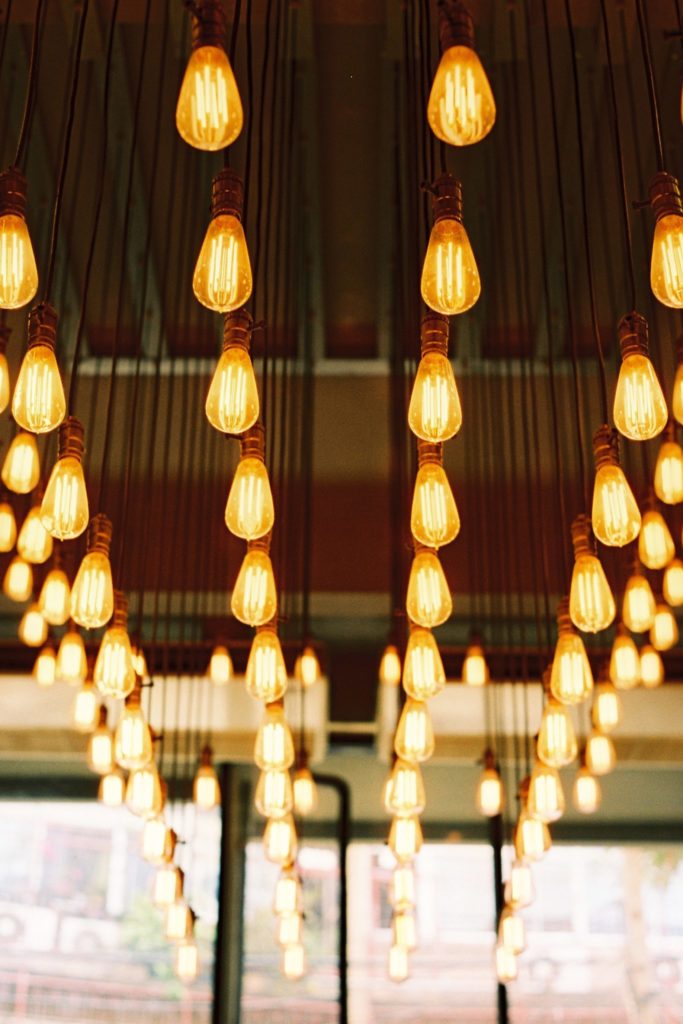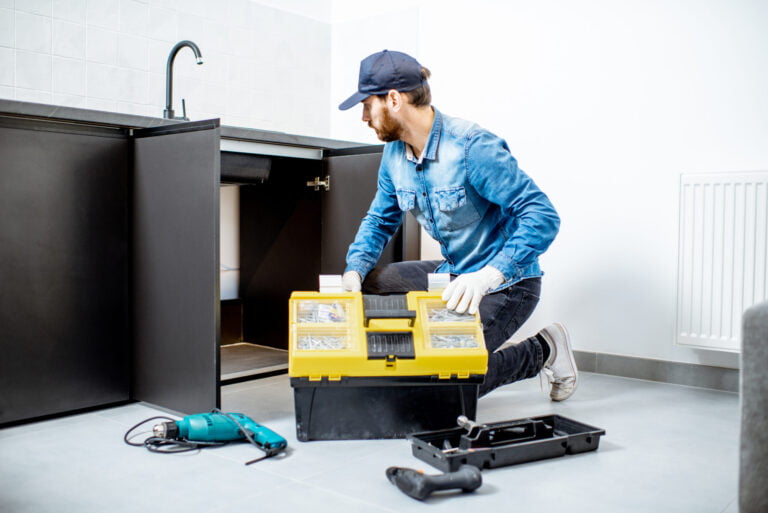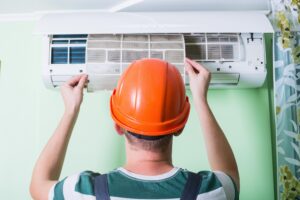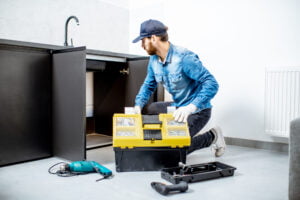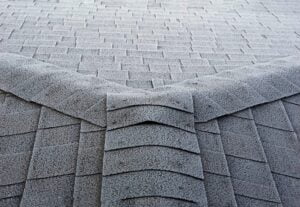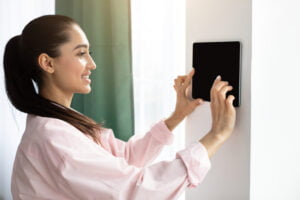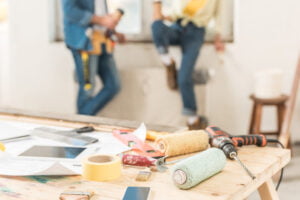Have you found that your electric bill is skyrocketing lately? While you can blame some changes in utility rates, the main issue is coming from inside your home. There are simple ways to make your home more energy-efficient and watch the savings rack up in your bank account.

Energy Efficient HVAC
Air conditioners tend to run up our energy costs in the summer months, while the winter energy consumption can be blamed on the furnace.
Energy efficiency is the key to HVAC savings. When installing an HVAC unit, be sure to have an audit conducted for energy use in your home to determine the metrics for your whole house to limit your energy costs per square feet of the property. Installers will also be sure to create the proper ductwork and sealing to assure safe use of the heating and air conditioning system long term.
In addition to regular maintenance, programmable controls can monitor how often your AC or heat is activated. The commonly suggested thermostat temperature is 72 degrees Fahrenheit for the most energy-efficient option. This effort does
Upgrade Appliances
While upgrading appliances is more common for people moving into a new living space, it is also considered among helpful home renovation tips for present homeowners to bring down the cost of their utilities.
Energy Star appliances are more accessible than ever. Energy Star is a program established by the U.S. Department of Energy to promote energy efficiency in households across the nation. Refrigerators, microwaves, air conditioners, and more now come with the Energy Star seal of approval.
Investing in these items as part of the renovation process not only helps drop the cost of your utility bill but also adds value to your home if you ever decide to put it on the market in the future.
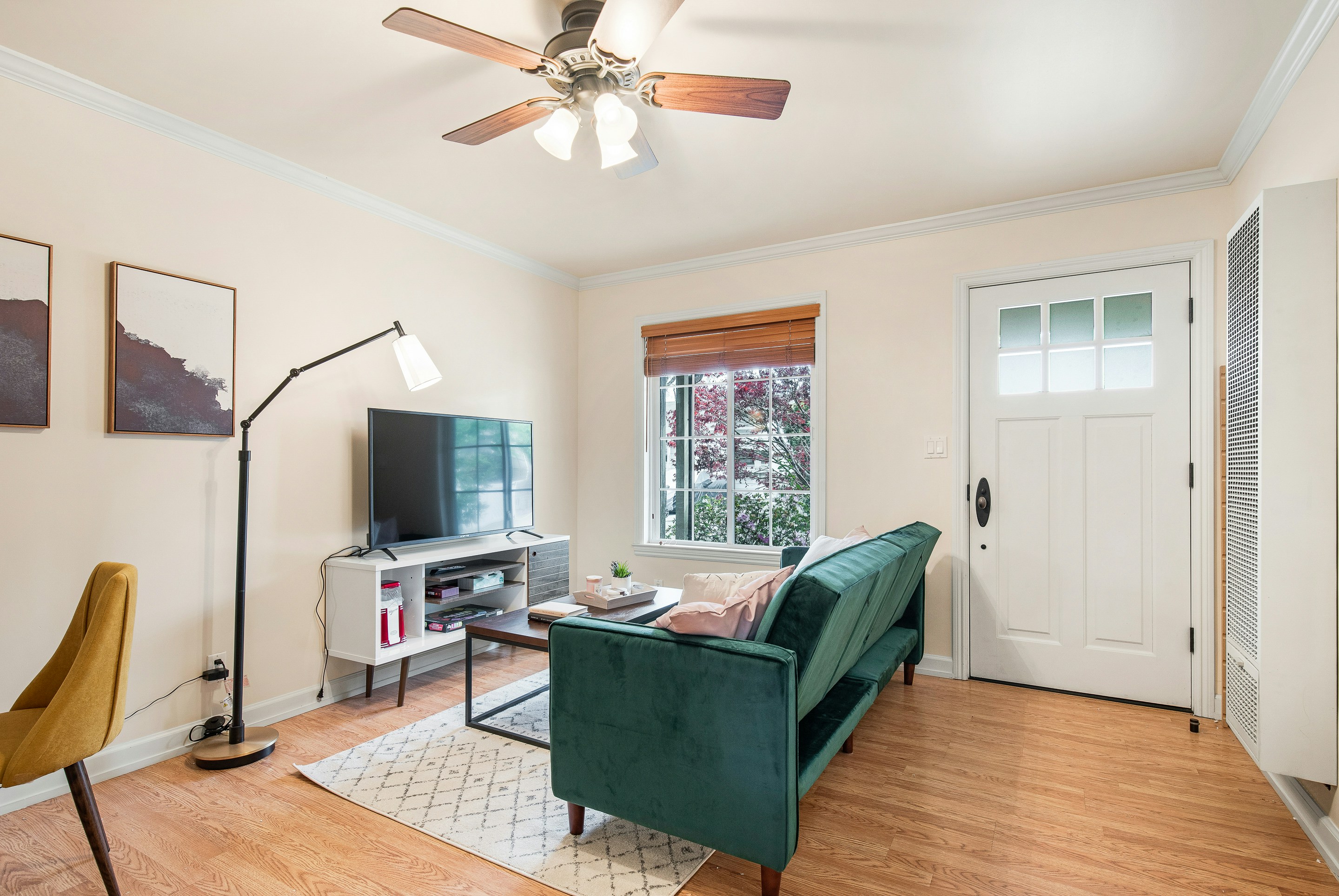
Proper Insulation And Sealing
Depending on the location of your home and its construction, there is a good chance that your house may be under-insulated.
Upgrading insulation can often benefit houses that are several decades old and lead to significant energy savings with reduced use of air conditioning and heating. It is as simple as having a handyman install an extra layer of insulation, allowing a homeowner to recoup their costs in roughly five years thanks to cutting their energy costs.
You can also make a home cheaper to heat and cool with a much smaller project like weather stripping or caulking around windows. This can eliminate drafts in the home without having to spring for newer window models.
Improving Utilities
If you’re looking to save a lot of money on your water and electric bill, it may be time to consider making changes to your home’s plumbing and lighting.
Installing low-flow plumbing fixtures, like toilets and faucets, is recommended by the Environmental Protection Agency, to reduce water usage to the minimum amount needed to get the job done. These fixtures also come in adjustable models that are cheap to install.
If you are looking for a larger renovation project, installing a new water heater may be an expensive upgrade, but potentially more valuable if the resale of your home comes down the line. Standard water heaters have improved to more efficient designs, leading to greater energy saving. Tankless water heaters have now emerged as a quality option as far as boilers go, as they produce hot water on demand rather than keeping it hot 24/7.
You could also save money on lighting by switching to LED light bulbs. These new light fixtures reduce electric costs while providing even brighter lighting in your living space. Their efficient design also makes them easy to install, while also lasting longer to prevent frequent changing of bulbs.

